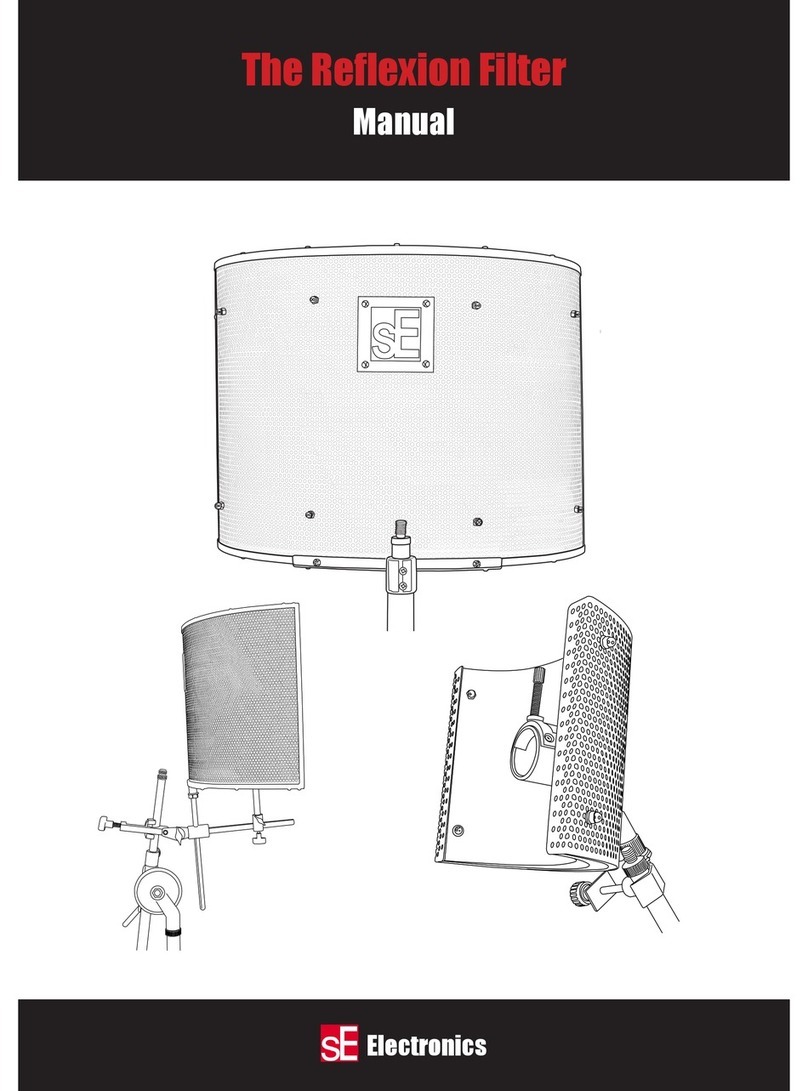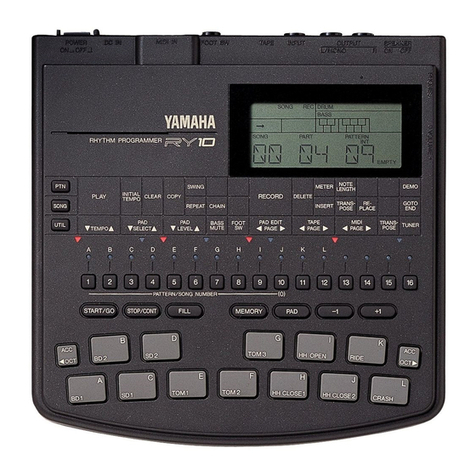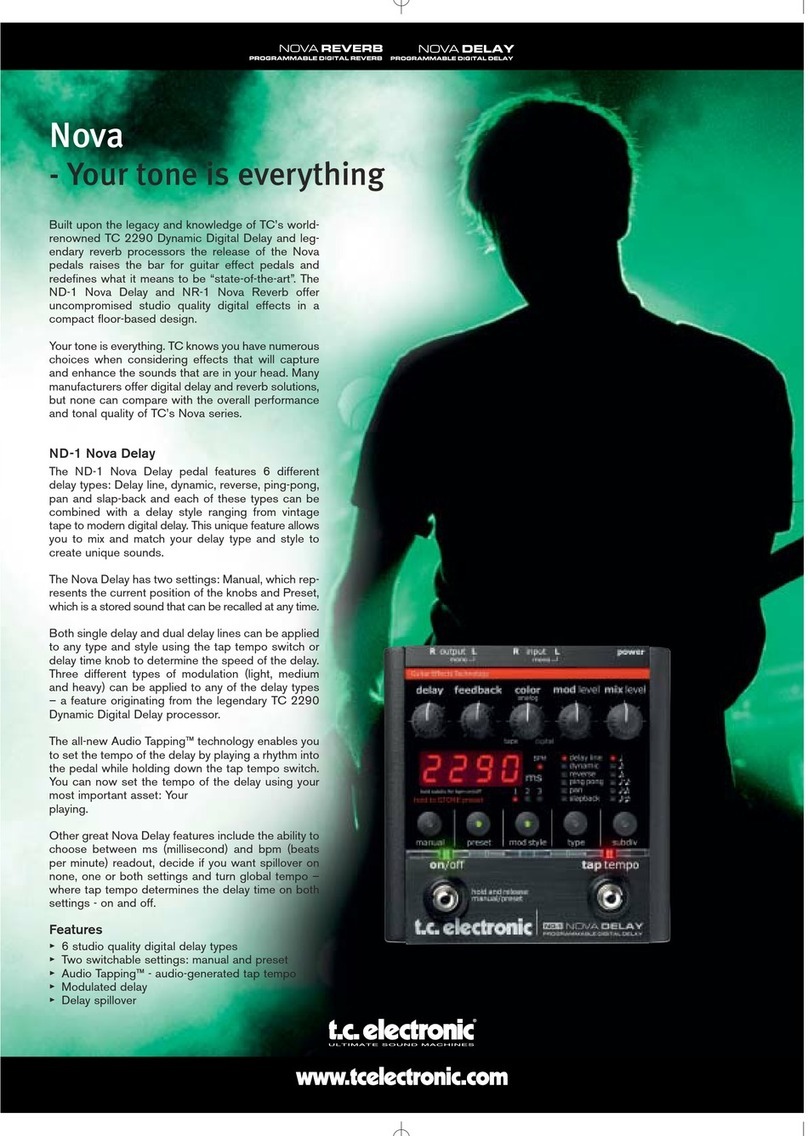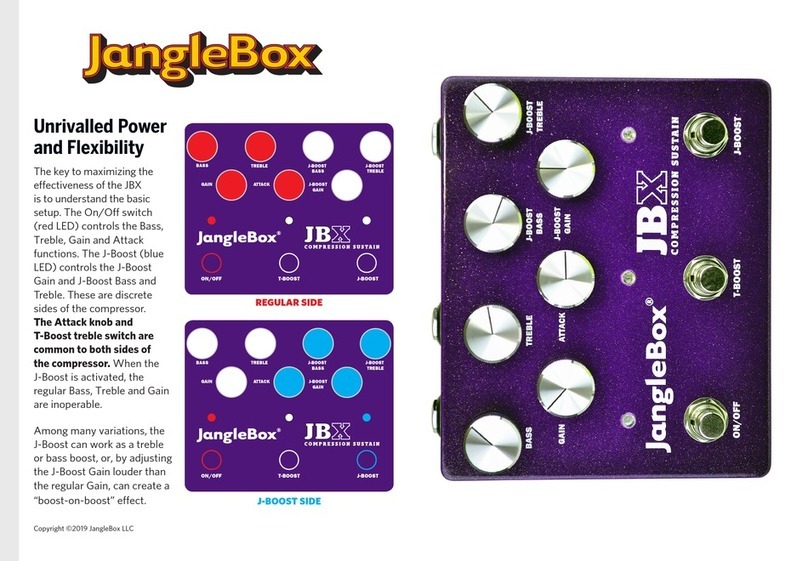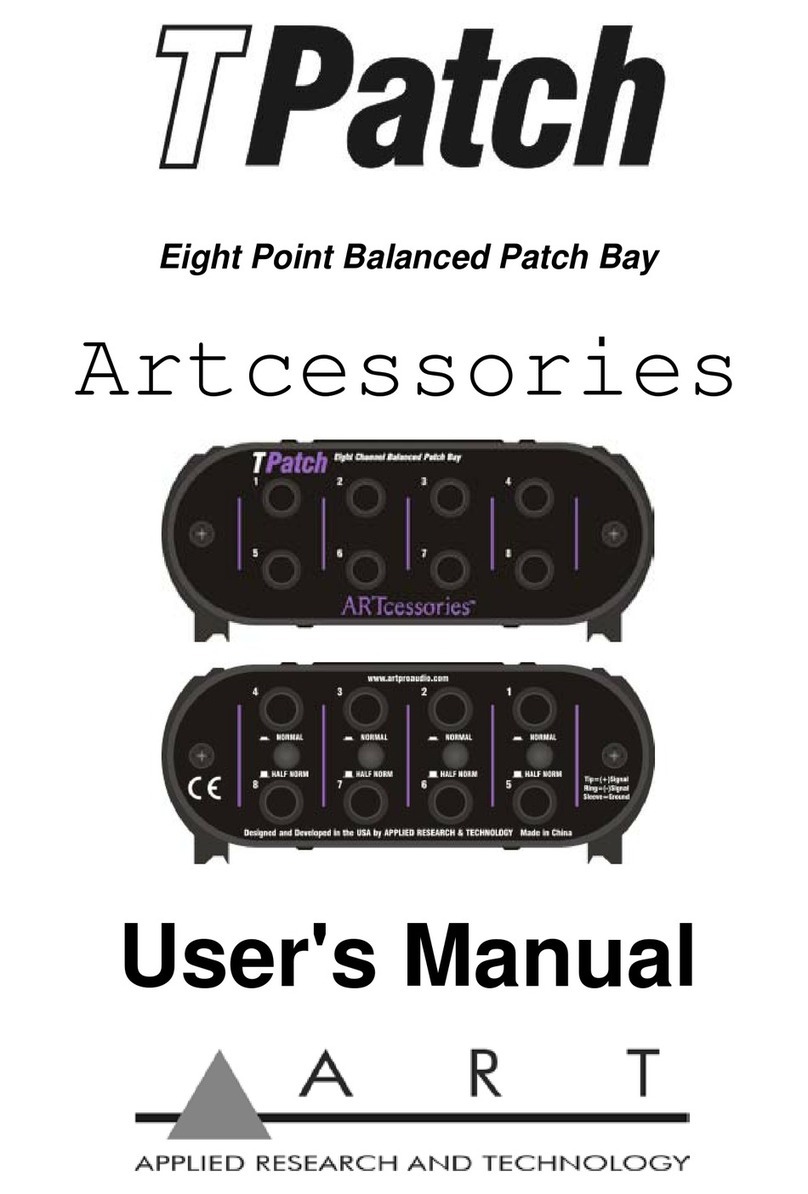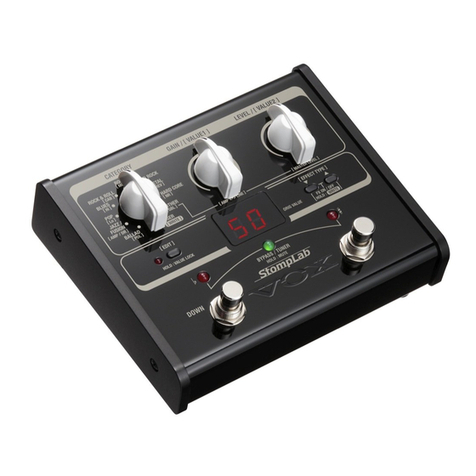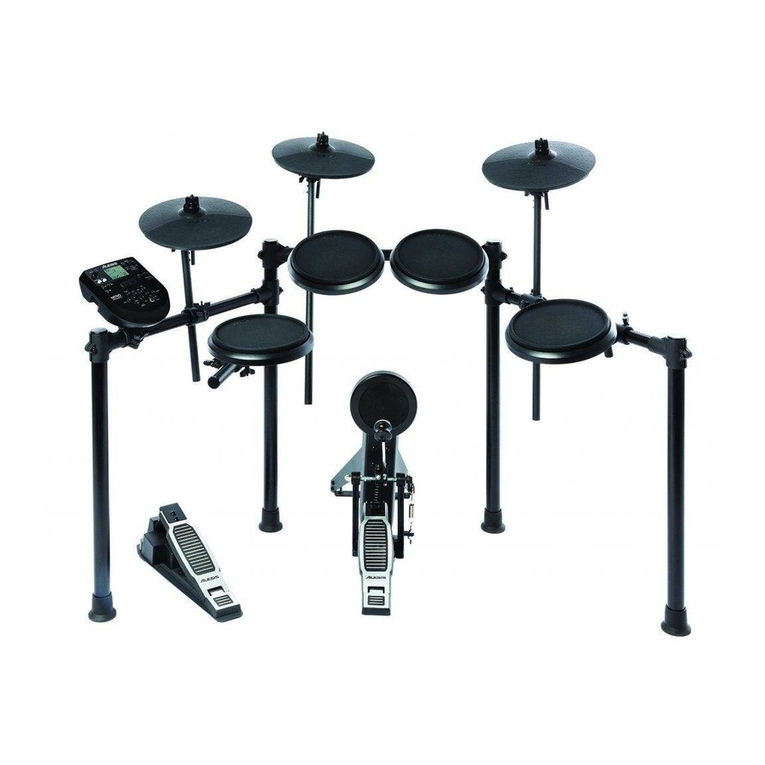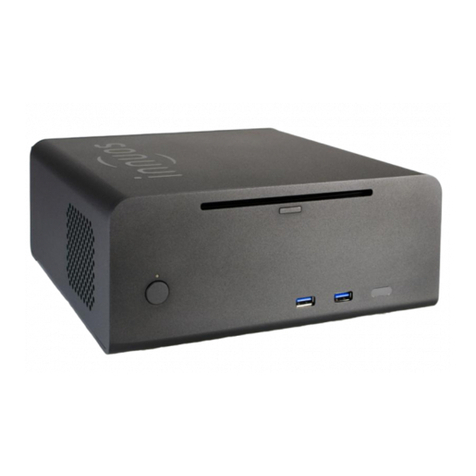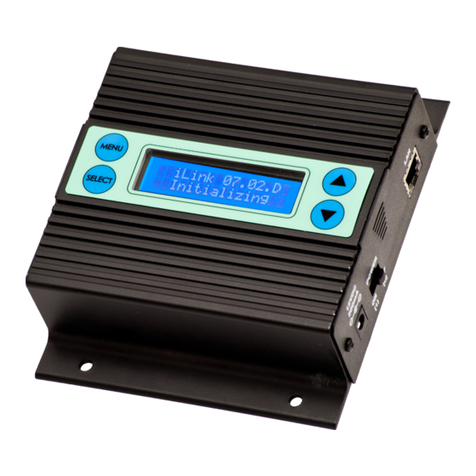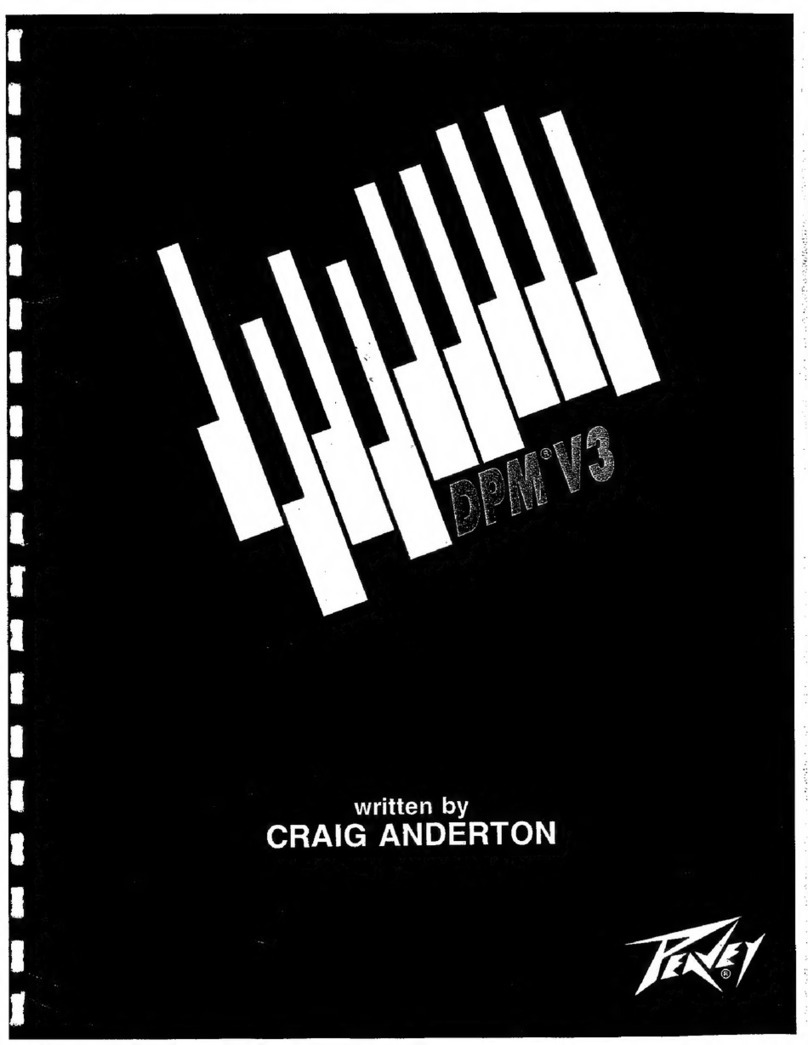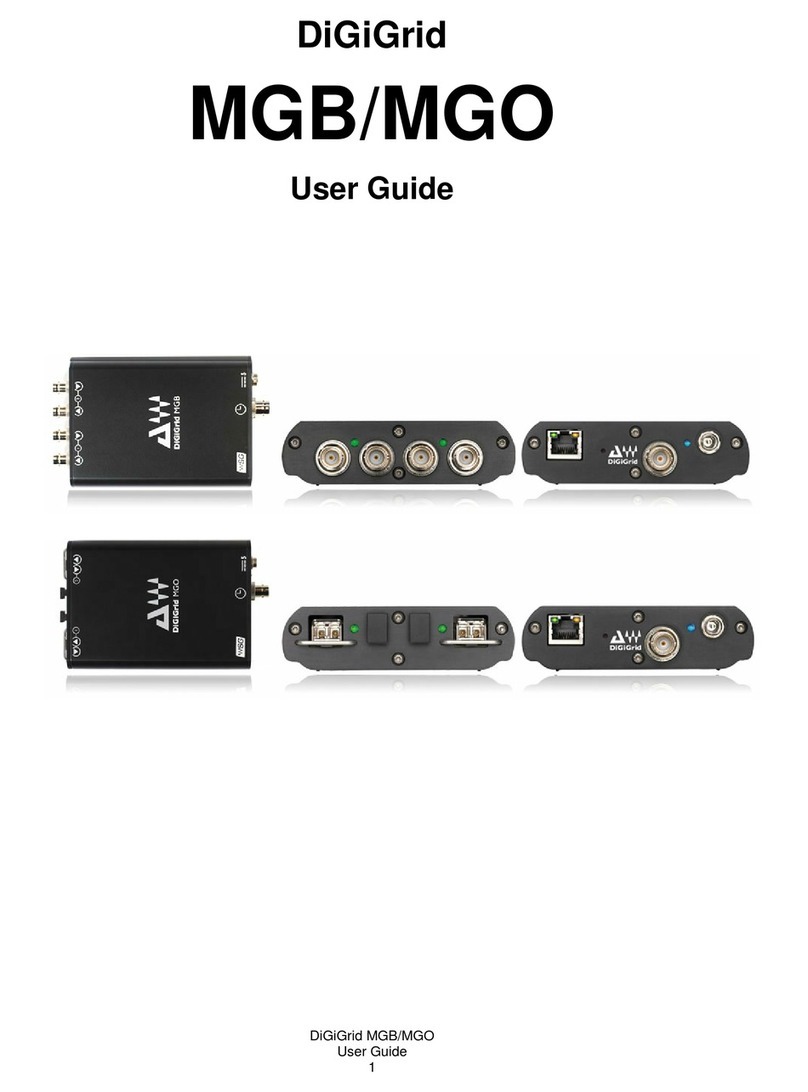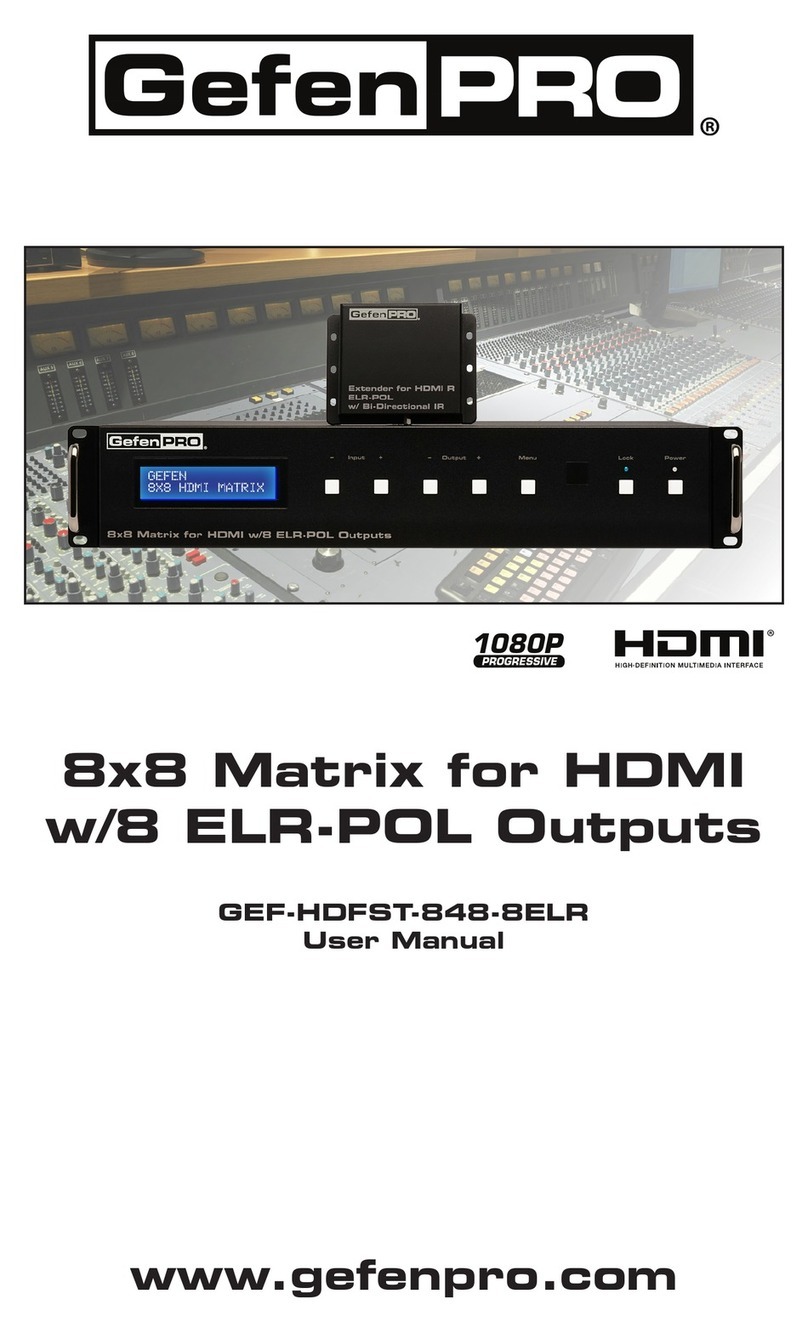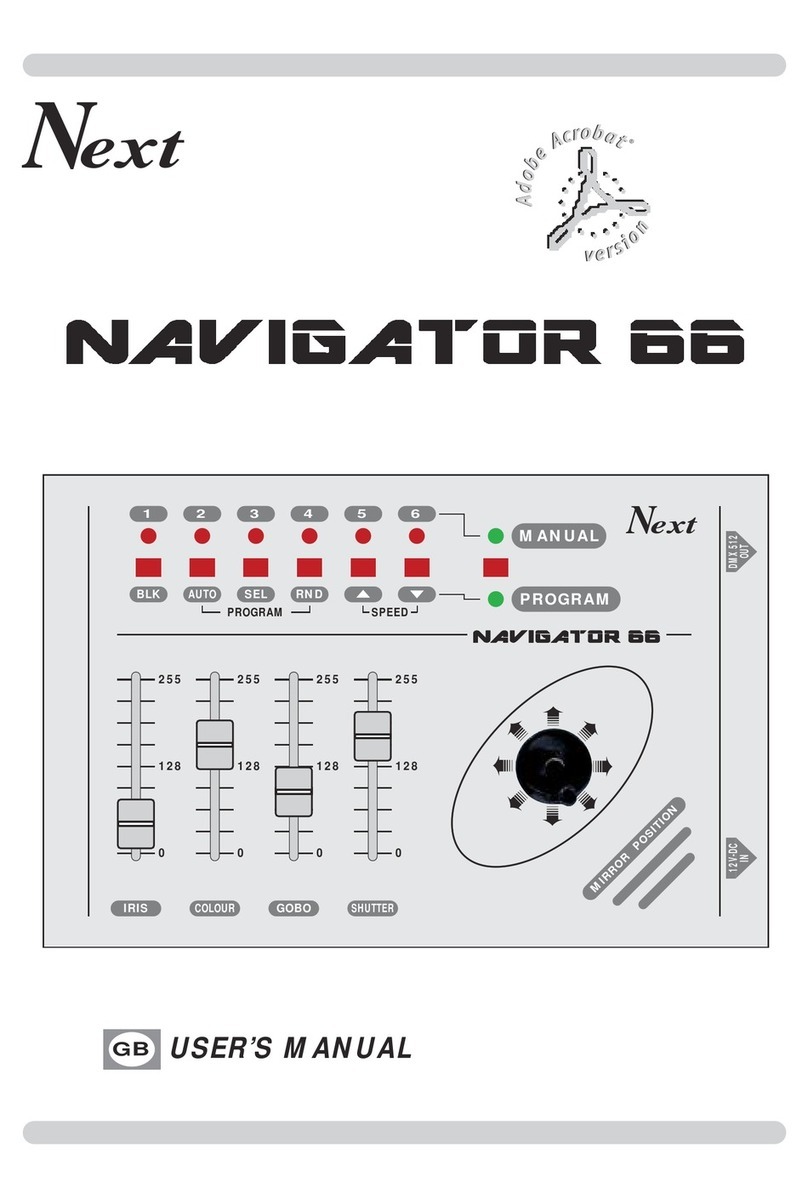SE Electronics The Reflexion Filter User manual

The Reexion Filter
Manual
Multi-layer patented technology by sE
U.S Patent 8,191,678 B2
Electronics
www.seelectronics.com
Electronics
®
®
®
RF-X

Reexion Filter Technical Manual U.S Patent 8,191,678 B2 U.S Patent 8,191,678 B2 Reexion Filter Technical Manual
® ®
®®
Thank you for purchasing the Reexion Filter‘portable vocal booth’.
The main idea behind this product is to facilitate‘dry’ vocal recordings, in other words
to achieve a vocal recording which has greatly reduced room ambience. Of course, the
same Reexion Filter can be used to achieve similar results whilst recording various live
instruments, for isolating vocals in rehearsal studios and probably a host of things we
haven’t thought of yet too! We’d be very interested to hear about novel applications from
you, so please do contact us with your ideas, we are always glad to listen as it helps us
improve and develop the product, and the information we can supply to other sE users.
Your Reexion Filter carries a 2 year manufacturing warranty, with free replacement of
parts in case of mechanical failure due to faulty components. This warranty does not cover
failures deemed to be as a result of misuse or abuse of the Reexion Filter. If properly used
and looked after, it should last a lifetime of recording use.
You can extend your free 2 year warranty to three years by registering your product
at www.seelectronics.com, so please visit the site and leave your details. You can also
subscribe to the sE newsletter which we email out once every few months (don’t worry,
we won’t pass your details on to anyone else, and we won’t bombard you with SPAM!)
One last thing… please read this assembly manual to get the best results from your
Reexion Filter… mic positioning, and the stand clamp assembly are critical to getting
best results.
Thank you again, and we look forward to hearing from you,
Siwei Zou
CEO
sE Electronics International
James Young Phil Smith
sE Electronics International sE Electronics International
The Perfect Position
The ‘perfect position’to achieve a ‘dry’ recording is to place the microphone so that the mic capsule sits
centrally (both vertically and horizontally) in relation to the face of the Reexion Filter (the face is the
convex side with coloured panels). It is also important to have the mic capsule of the correct distance
from the face of the Reexion Filter. The mic capsule should sit roughly level with the front edges of the
lter where the curved wall ends.
Having said all that, you CAN use the
Reexion Filter to achieve dierent
eects by experimenting with
positioning. Moving the mic into the
face of the Reexion Filter will give
a ‘darker’ and more ‘dead’ sounding
recording, but it will also aect the
polar pattern response of the mic, so
the mic will perform slightly dierently.
Again, in most cases this would be
undesirable, but this method of use can
create some cool results… try micing an
electric guitar cab this way, it can sound
great!
Moving the mic further away will mean
there is more room ambience recorded
with the dry source. Again, this is not
usually desirable but can be used to
get a specic ‘room sound’ without the
room taking over completely!
The Reexion Filter can be used not
only for recording vocals and acoustic
guitars etc, but as outlined above, you
can experiment to nd new applications like the guitar cab mic’ing we suggested above. We’d love
to hear from you with your own novel applications, so please contact us via the main web site, www.
seelectronics.com, to let us know what you think of the product, and how you are using it.
Thanks again, and we hope you enjoy the results of your new Reexion Filter!
The Perfect Position for Your Reexion Filter U.S Patent 8,191,678 B2
sE Electronics Reexion Filter Manual U.S Patent 8,191,678 B2
E T
22
s
®
®®
®

®®
Reexion Filter Technical Manual U.S Patent 8,191,678 B2 U.S Patent 8,191,678 B2 Reexion Filter Technical Manual
®®
3. Fix the support rod to the Reexion Filter
by screwing it into the socket on the bottom
edge. Tighten the nut using the spanner
supplied in the box.
4. Fix the support rod, with the
attached Reexion Filter, by
pushing the support rod down
into the socket on the stand clamp
and tighten it in place with the
turning key on the block.
5. You can now play with the positioning
of the mic (both vertically and horizontally),
and the height of the Reexion Filter to
get the optimum position for recording.
Assembling Your Reexion Filter U.S Patent 8,191,678 B2
What is the Reexion Filter?
Our Reexion Filters are basically portable devices for recording live sound sources with reduced
room ambience. All three models use an advanced, multi-layer wall which is positioned behind any
microphone by means of a variable position stand clamp assembly (xed-position in the case of the IRF
2) which ships with the product. The main function is to help obtain a‘dry’ vocal or instrument recording.
This is especially useful in studios without proper acoustic treatment, but can also be used to help record
takes in control rooms, where the performer also has to operate the recording device, or in rehearsal
studios to reduce ambient noise.
The Technical Bit:
Reexion Filter Pro (RF Pro): The Reexion Filter Pro has 6 main layers. The rst of these is a strong layer
of punched aluminium, which diuses the sound waves as they pass through it. The next is a section of
absorptive wool, and then a layer of aluminium foil to dissipate energy and break up the lower-frequency
waveforms. From this the sound travels through an air gap, which acts as an acoustic barrier, through a
further layer of wool and lastly an outer, punched polymer wall, which provides additional absorption
and diusion of the remaining acoustic energy.
The Reexion Filter Pro is also equipped with a main absorber, which comprises of four state-of-the-art
specialist acoustic absorption panels. These are tted to the diuser face of the Reexion Filter Pro by
means of extended separation rods, and serve to provide further acoustic dampening and diusion to
the sound waves before they pass to the main lter.
Project Studio Reexion Filter (PSRF): This model utilises some of the design features of the Reexion
Filter Pro, while being more suited toward lower-budget project studios. The PSRF uses an outer
boundary of punched aluminium, followed by a thick layer of the same high-performance absorptive
acoustic breboard that’s employed by the Reexion Filter Pro. Finally, the inner surface is lined with
high-density acoustic “crystal” foam with a curved, undulating surface for maximum diusion.
All of the above Reexion Filters are supplied with an adjustable, heavy-duty clamp for attaching to your
microphone stand. Each clamp will accommodate any shock-mount with a standard tting, and support
the Reexion Filter itself.
Instrument Reexion Filter 2 (IRF2): The IRF2 operates on the same principles as the other Reexion
Filters, but is designed specically with instruments and“end-re” microphones in mind. It consists of an
outer layer of punched aluminium – much like the other Reexion Filters – but then has three discrete
layers of high-performance absorptive acoustic breboard, each separated by an air gap. Together, these
form a highly protective acoustic “shield”, oering a degree of isolation to the microphone from other
nearby sources. It is especially useful in drum mic’ing. The microphone is tted and adjusted by means
of a central, rubber-coated clamp, and the entire assembly attaches to your microphone stand by means
of a simple clamping bracket.
About Your Reexion Filter U.S Patent 8,191,678 B2
®®
®
®

Reexion Filter Technical Manual U.S Patent 8,191,678 B2 U.S Patent 8,191,678 B2 Reexion Filter Technical Manual
® ®
®®
1. Remove the Reexion Filter and stand assembly
unit from the packaging. Please keep the
packaging safe to store the Reexion Filter
when not in use, or for transportation. It is
robust, but parts may get damaged or lost in
transit if not packaged properly.
You should have the following parts –
Reexion Filter (curved wall), stand assembly,
support rod and spanner to t support rod.
2. Fix the stand clamp assembly in place
on the neck of your microphone stand
a few inches below the point where
the shock mount is usually xed, or
on the main vertical support strut of
the stand.
You will see the assembly has two
black blocks with one large screw, on this
is a turning key, turn this until the
clamp is securely xed to the mic stand.
The clamp also has a large barrelled
hinge (with a turning key) which allows
the mechanism to turn back on itself so
that the centre of gravity is kept over
the mic stand rather than in front of it.
This should be hinged fully back so the
whole assembly is in balance, and the RF
is then positioned as close to the centre
of vertical on the mic stand as possible.
Assembling Your Reexion Filter U.S Patent 8,191,678 B2
Clamp Assemblies
IRF2 - Specic Brief Fitting Instructions
1. Remove your IRF2 from its packaging. We recommend keeping the
packaging, in order to transport the IRF2in the future without risking
damage.
2. Remove the protective foam bung from the central microphone clamp,
in the face of the IRF2.
3. Fit your microphone. To do this, insert your microphone to the required
position, and tighten or loosen the adjustment screw until the
microphone is secure.
4. Fit the entire assembly to your microphone stand. Adjust the bracket at
the rear of the IRF2 until it is at the desired angle (using the turning key on the adjustment hinge),
then position the microphone’s boom arm in the large clamp and tighten until it’s secure.
5. The bung can be inserted if a side-re microphone is being used.
PSRF Clamp Assembly
The Project Studio Reexion Filter (PSRF) clamp operates much like the
Reexion Filter Pro (RF Pro) clamp, but is simpler as the PSRF is a lighter
product. The stand assembly for the RF Pro comprises a microphone
stand clamp tting, which attaches by means of an adjustable vertical
rod to the horizontal bar assembly. The Reexion Filter itself, and any
standard tting shock-mount, can be tted to this. The microphone
(in its shock-mount) can then be moved both back-and-forth (PSRF and
RF Pro) and vertically (RF Pro only) along the bar, and the Reexion Filter
itself can be moved vertically to obtain the optimal working position.
RF-X Clamp Assembly
The RF-X clamp is very simple to assemble. The clamp is tted with a small
threaded piece that attaches the clamp to your microphone stand. It is
recommended that you attach the clamp to your stand rst. The lter is
then xed to the vertical section using the two bolts supplied. These can be
loosened at any time to adjust the height of the lter. Finally, attach your
microphone clip or shock mount to the remaining vertical bar. This can also
be adjusted at any time to vary the position of your microphone within the
lter.
® ®
About Your Reexion Filter U.S Patent 8,191,678 B2
®
®
Other SE Electronics Music Equipment manuals
